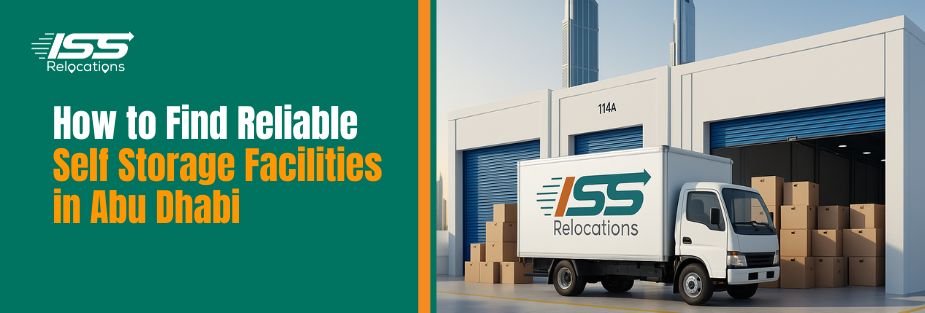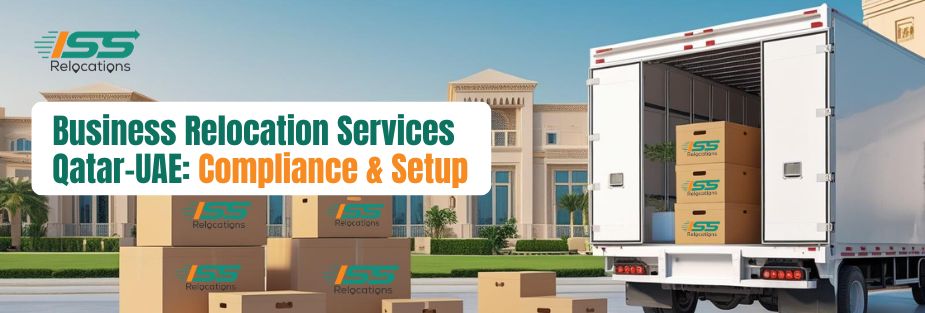
Benefits of mortgage assistance return with rising rates
Homebuying is easier for transferees with options abound.
People are wondering how rising interest rates will impact their mortgages. Everyone moving to a new job is affected. Further, interest rates affect monthly mortgage costs, which may influence the transferee’s home buying decision.
Mortgage interest rates have increased by more than 0.35% since October 2021, according to Freddie Mac. Saving (or losing) hundreds of thousands of dollars can result from an increase of a few percentage points.
When home values are rising so quickly, even a small interest rate increase can have a big impact. How can companies make relocating easier for employees?
Several methods can help make the transition smoother for transferees, but there is no one-size-fits-all solution. Transferees’ mortgage assistance programs will be discussed in this article.
What’s Next for Interest Rates?
As the Federal Reserve raises interest rates to control inflation, mortgage rates are rising in 2022. 30-year mortgages of $647,200 or less average just under 7%. It was 3.50% at the beginning of January 2022.
In some markets, home values have declined, but the average sales price is still higher than in 2021. Americans are spending more money while their wages fail to keep up with rising costs in October 2022 because of inflation of 7.7%.
“With this volatility, potential homebuyers are unsure when to move into the market, which is reflected in the latest data, which shows existing home sales are slowing across all price points,” said Sam Khater, Freddie Mac’s chief economist.
Good news: According to the Mortgage Bankers Association, mortgage rates will decrease in 2023. Mortgage rates are expected to be around 5.4% by 2023, according to the MBA.
Future transferees may understandably be hesitant to move in such an uncertain environment. Moving employees where they are needed without delay can be beneficial for businesses.
A re-evaluation of mortgage assistance
Keeping talented employees can be challenging. Employers who want to increase their chances of hiring excellent employees should consider relocation packages. What can offset these higher interest rates if you’re looking to move jobs? From the perspective of moving packages, you can do several things.
Sliding Scale
A sliding scale benefit lowers your new home’s interest rate significantly. In a rising rate environment, it helps transferees. For each level of the scale, the employer defines how much the scale starts at, and how many points it will cover.
A sliding scale lowers the interest rate permanently and is an upfront cost. This option is typically more affordable and easier.
Unfortunately, it doesn’t account for the transferee’s current mortgage situation. This could lead to too much or too little assistance. Regularly checking and tweaking the sliding scale ensures that the company only helps those who need it. Ensure lenders apply for the program correctly and charge the right points can be challenging.
Interest-Based Mortgage Subsidy
Your transferee may also benefit from a subsidy that gradually increases their interest rate. Until the transferee can pay the contract rate, the company pays the differential rate.
Depending on how many years the transferee receives the benefit, this may be called a step-up mortgage, or a 4-3-2-1 or a 3-2-1 mortgage subsidy. Each year, the transferee’s rate increases by one percent. Their higher mortgage payment will be easier to afford with this gradual transition.
One benefit of an interest-based mortgage subsidy is easing the transferee into higher payments. The situation is ideal for transferees who won’t stay in one place for more than five years. Despite the temporary nature of this benefit, it needs to be monitored frequently to ensure the recipient is still employed.
Dollar-Based Mortgage Subsidy
A dollar-driven mortgage subsidy is when the employer sets amounts for individual transferees or by level of transferees. Lenders will also follow specific policy guidelines and loan product guidelines when determining the amount to provide.
This is the most effective option if your company wants to know how much mortgage assistance will cost for moving employees. For example, a company might offer a $25,000 dollar-based mortgage subsidy to help the transferee cover their mortgage and interest rates. If the company staggers payments, the employee will receive 40% in the first year, 30% in the second year, 20% in the third year, and 10% in the fourth year instead of all the money upfront.
It is often used by relocation managers to lower the transferee’s mortgage payments. Furthermore, the company knows exactly what the four-year option will cost. Employers can also determine the amount pre-move and pre-home selection, which eases transferees into higher payments. The biggest disadvantage of dollar-based mortgage subsidies is their cost.
Mortgage Interest Differential Assistance (MIDA)
A Mortgage Interest Differential Assistance (MIDA) program may also be an option. Instead of requiring upfront points, the business pays the interest difference between the old and new mortgage rates for a set period of time.
Imagine the transferee’s current interest rate is 5% but their new interest rate is 6.5% due to market conditions at the time of relocation. Employees could be refunded the difference between their monthly payments. Financial support will make it easier for employees to find a place to live in their new location. The general cutoff for MIDA benefits is one to three years after relocating.
By taking into account the transferee’s current mortgage situation, MIDA helps to make them whole and matches their current mortgage situation. MIDA has the disadvantage that it requires more administrative work to verify the transferee’s mortgage situation. A longer assistance period can also increase costs.
“With interest rates continuously rising, the housing sector continues to adjust,” said Lawrence Yun, chief economist at the National Association of Realtors. Sales are declining in the expensive regions of the country.”
Interest rates are slowly declining, but many are still reluctant to re-enter an evolving market. Expenses associated with relocation can be reduced by exploring these strategies. Adding mortgage-based benefits to relocation policies can ease fears related to current unstable rates, foster great relocation experiences, and guarantee that mobility perks attract and retain top talent.
Plan Stress-free Move with Top Moving Company in UAE - ISS Relocations

Moving Company - Recent Blog
Stay informed and prepared for your next move with our latest blogs on moving services in the UAE. From expert packing tips to international relocation guides, ISS Relocations brings you up-to-date insights to make your moving experience smoother, safer, and stress-free.










